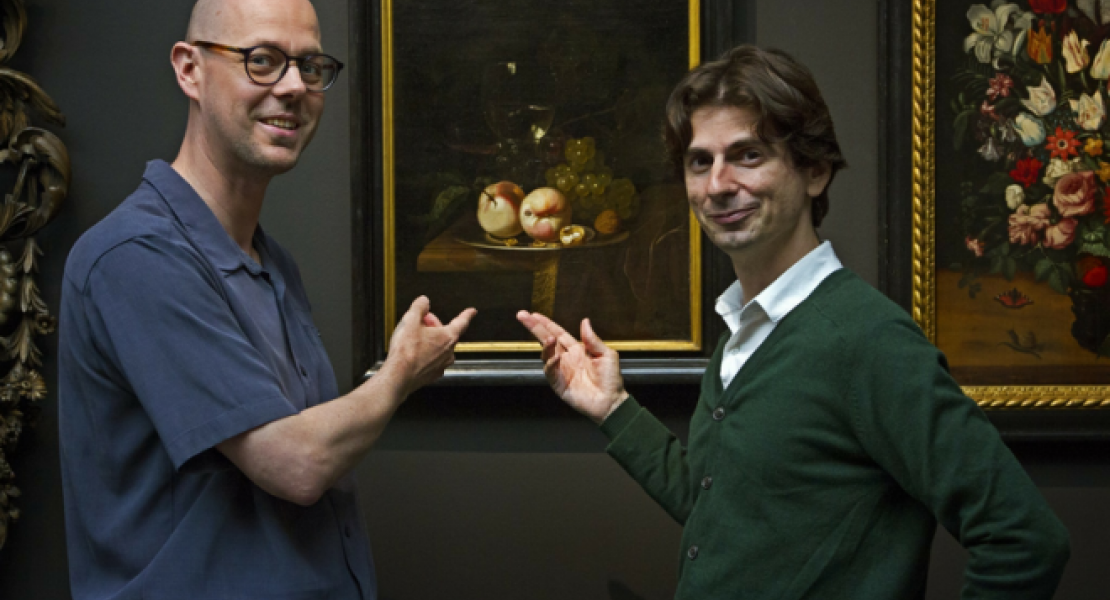The plants we eat often look very different from their wild ancestors. In an interdisciplinary collaboration, Prof. Ive De Smet (VIB-UGent Center for Plant Systems Biology) and Dr. David Vergauwen (Amarant) explore how we can use historical paintings to trace the genetic changes in our plant foods. They also provide a way for all art lovers to contribute.
The evolution of food plants
Many of the plants we eat have been domesticated and improved from a wild ancestor. Often, this has led to a very different appearance, for example bigger fruits, no thorns, and so on. Since this is a historical process, it is difficult to track the path from wild ancestor to modern plant. Fortunately, there are windows into the past we could use.
Windows into the past
To study the past, we can rely on traditional archaeology, but with regards to plants, this has some drawbacks. Soft tissues don’t always preserve well, and while DNA traces are very helpful these do not provide us with a clear picture of how the plant looked like. We can also dive into ancient literature and hunt for mentions of plants. Here, too, we run into issues. When plants are mentioned, they are usually not described in detail, and even if they are, there are problems of interpretation.
Another way, described in this study, makes use of historical art, such as paintings and sculptures. Throughout the ages, many artists have depicted plant-based food, often in exquisite detail. This gives us a large historical database of the appearance of fruits, vegetables, legumes, grains, nuts, and seeds.
Ive De Smet: "It is truly astonishing to see how detailed artists have depicted the diversity in our food throughout the ages, and how we can now use our knowledge of genomes to connect what a plant looked like with spontaneous genetic changes."
A way to contribute
Of course, using historical art is not without its challenges. Depending on the style and perspective, the appearance of the plant-based foods can be significantly different from their true appearance. The relative rarity of certain foods also makes it less likely that they have been depicted.
David Vergauwen: "Using art history as an auxiliary science is a really fun way to contribute to our understanding of the origin of our daily food, its cultivation and ultimately the development of civilizations in general."
To counter these issues, assembling a large catalogue can help in ironing out inconsistencies. For this, the researchers are asking for your help. When you visit a museum or exhibit, take a picture of the relevant artwork, the details of the plants, and the descriptive placard (of course, while respecting the rules with regards to photographs). Then, send the information to this mail address.
Publication
Vergauwen & De Smet (2020). Trends in Plant Science
Picture: Ive De Smet - David Vergauwen ©Liesbeth Everaert
- Log in to post comments
